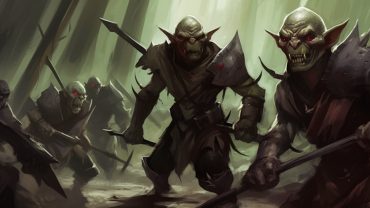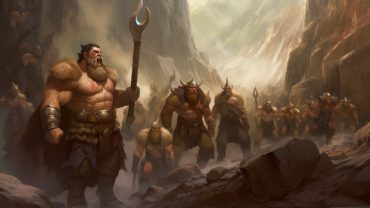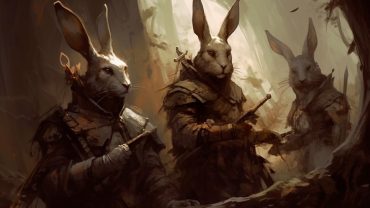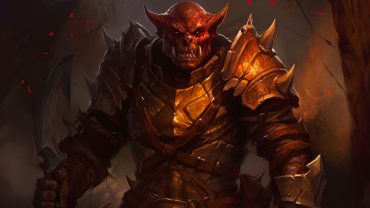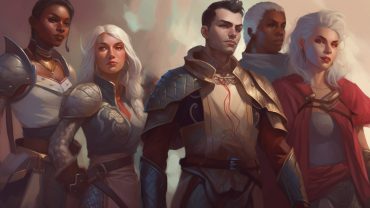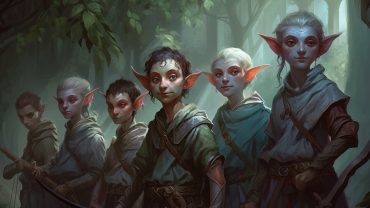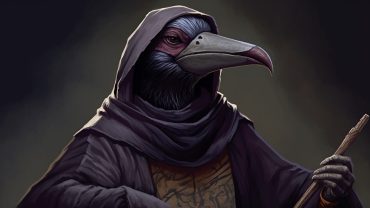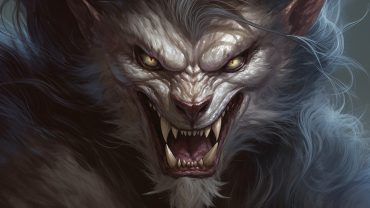Embrace your inner mischief-maker with our guide to Goblins in DnD 5E. Discover the art of sabotage and become the ultimate trickster.
5E Races
A race in DnD 5E refers to a particular species of humanoid that a player character can belong to. Each race has its unique features and abilities that differentiate them from each other. Choosing a race determines the character’s starting statistics, such as their Strength, Dexterity, Constitution, Intelligence, Wisdom, and Charisma scores. Each race also has its language and culture, which can influence the character’s backstory and roleplaying.
Each race in DnD 5E has its strengths and weaknesses, and choosing a race is an important part of creating a unique character. It can also help to shape the character’s backstory and roleplaying, giving the character a more robust and immersive experience in the game world. Whether you want to be a hardy dwarf, a graceful elf, or a resourceful halfling, there is a race in DnD 5E that can fit your character concept and help you bring it to life in the game.
While the races in DnD 5E are unique, they also have similarities, such as the ability to choose a subrace. Subraces are variations within a race that have slightly different abilities and traits. For example, dwarves have two subraces: hill dwarves and mountain dwarves. Hill dwarves have a bonus to their Wisdom score and the ability to heal themselves once per day, while mountain dwarves have a bonus to their Strength score and proficiency with certain tools.
Another important aspect of races in DnD 5E is their alignment. Alignment is a system that describes a character’s moral and ethical stance. Each race has a suggested alignment based on their typical behavior and cultural values. For example, dwarves are typically lawful and tend towards good, while tieflings are often chaotic and tend towards evil. However, players are free to choose any alignment they feel fits their character.
